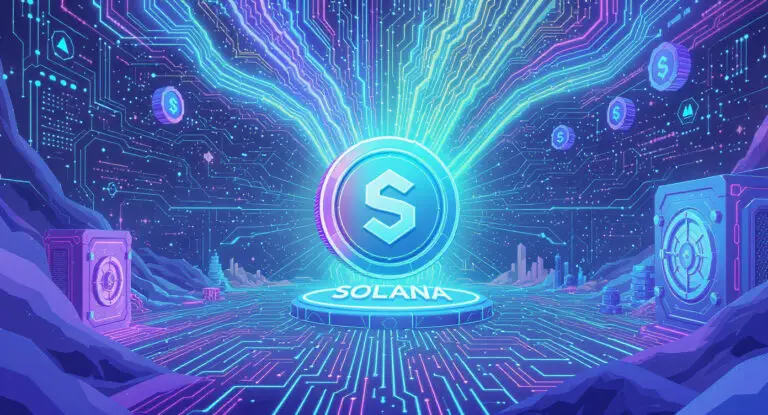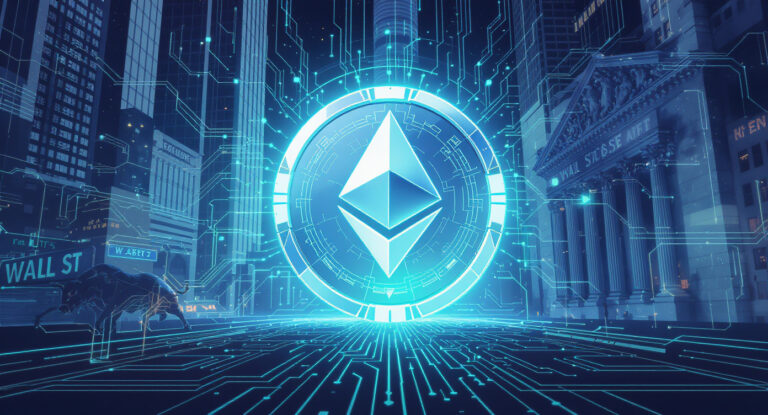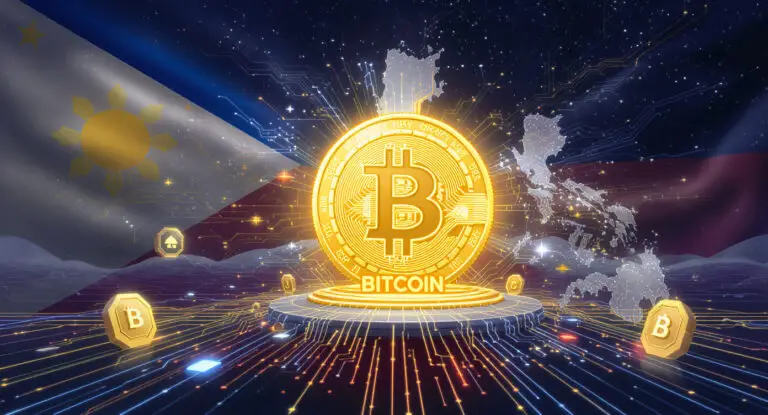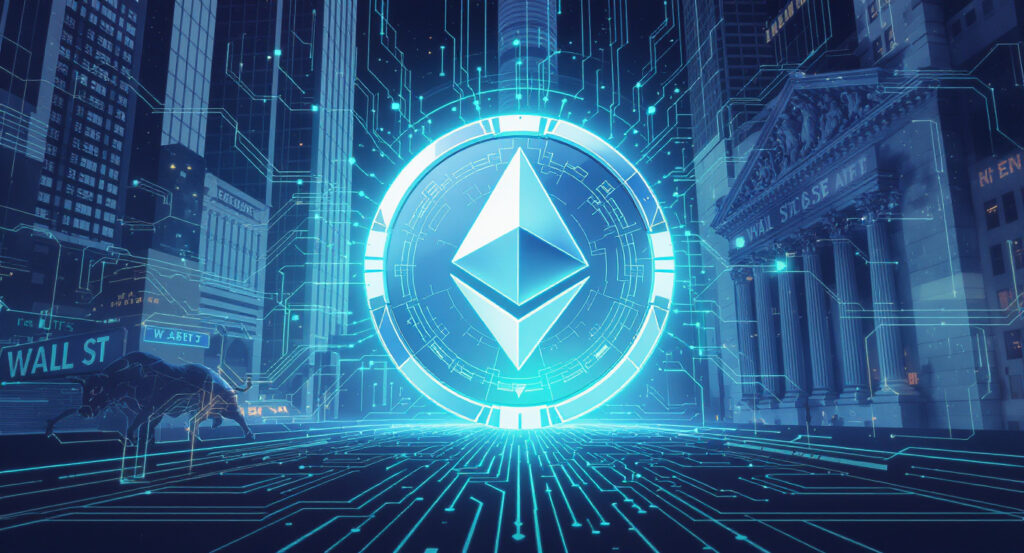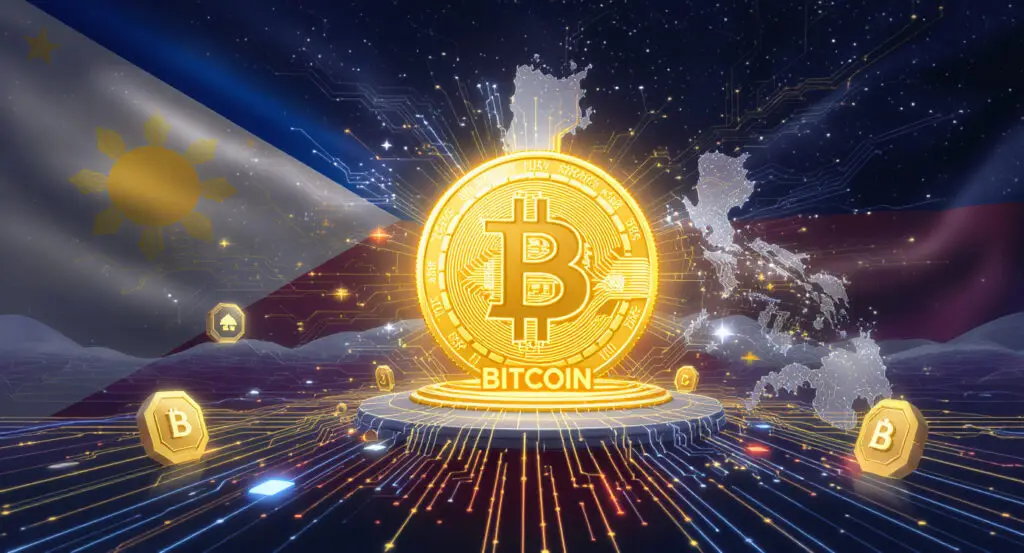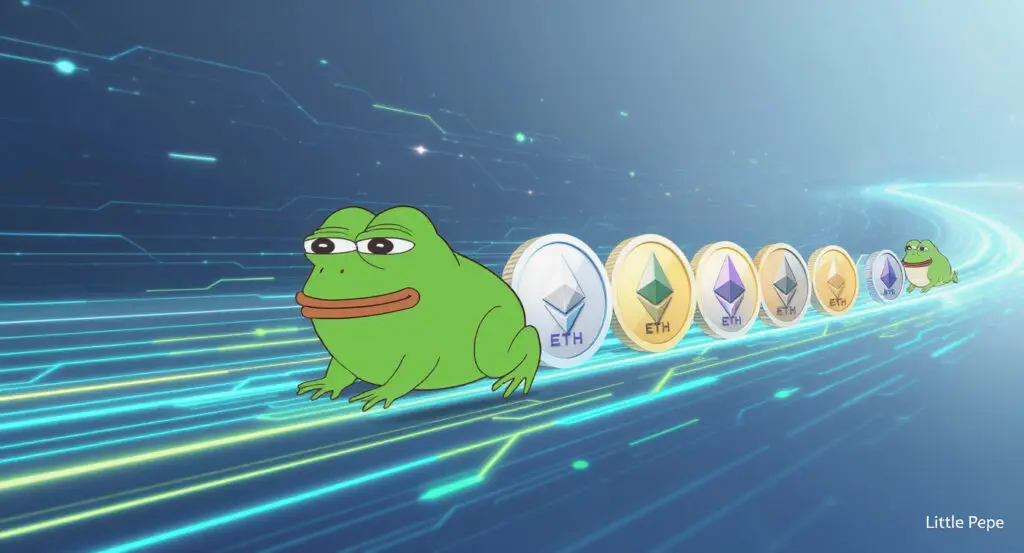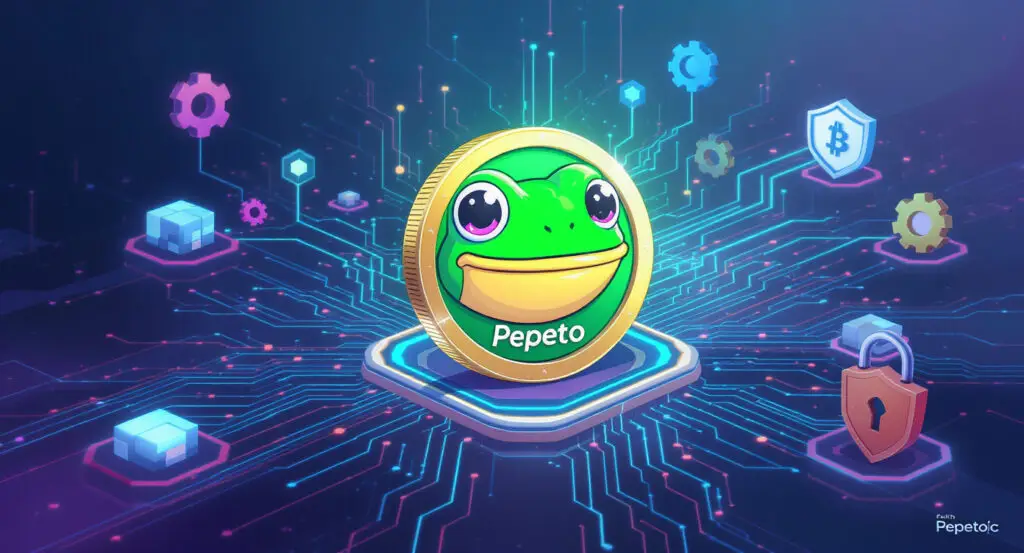The Challenge of Web3 Gaming Hardware
The concept of a blockchain gaming console has long promised to revolutionize the way we play by integrating Web3 elements and digital ownership. However, the history of this niche has not been kind. Previous attempts to merge dedicated gaming hardware with cryptocurrency functionality have struggled to gain traction with mainstream consumers.
These failures were largely due to limited game libraries, a lack of broad interest in the crypto aspects of gaming, and clunky user experiences that could not compete with established consoles from companies like Sony, Microsoft, and Nintendo. The market is now looking for a new contender that can bridge the gap between traditional gaming and the potential of Web3.
Introducing Play Solana’s PSG1 Console
Play Solana’s Gen One (PSG1) is a new entrant aiming to change the narrative. This upcoming handheld device marks Solana’s first serious push into consumer hardware, signaling a belief that a dedicated console can succeed where others have failed. The PSG1 is designed to combine the best of both worlds, offering traditional gaming capabilities while seamlessly integrating Web3 features.
Its core value proposition is to provide a familiar and high-quality gaming experience that is enhanced, rather than hindered, by its blockchain functionality. This approach is a significant departure from previous attempts, which often prioritized the crypto features over the actual gaming experience.
Technical Specifications and User Experience
The success of any new gaming hardware hinges on its technical specifications and user experience. Play Solana has detailed the specs for the PSG1, which include a 5-inch OLED display, a type of screen known for its vibrant colors and deep blacks. The device will also feature 8GB of RAM, a substantial amount for a handheld console, ensuring smooth performance for a wide range of games.
For connectivity, the PSG1 will include modern features to ensure players can connect with others and access online services. These specifications are crucial for competing with other handhelds on the market and for providing the kind of performance that modern gamers have come to expect.
The Role of the Embedded Solana Wallet
A key feature of the PSG1 is its embedded Solana wallet. This integrated feature allows users to directly manage their digital assets, including cryptocurrency and non-fungible tokens (NFTs), without the need for a separate device or a complex setup. This seamless integration is a major benefit, as it removes a significant barrier to entry for gamers who may be new to Web3.
By making it easy to buy, sell, and trade in-game assets, the PSG1 is hoping to unlock a new level of economic engagement for players. The wallet will be the central hub for all Web3 interactions, from purchasing unique in-game items to earning cryptocurrency rewards.

Strategic Partnerships and Marketing Efforts
Play Solana is not just relying on its hardware; it is also experimenting with strategic partnerships to build an ecosystem around the console. A notable example is its collaboration with Pudgy Penguins, a well-known NFT collection. These types of partnerships are crucial for attracting a dedicated user base and for demonstrating the console’s potential for integrating with existing Web3 communities.
By aligning with popular projects, Play Solana is creating a direct line to a pre-existing audience of crypto-native gamers and enthusiasts. This marketing approach is a smart way to generate buzz and build an initial community of early adopters.
Overcoming Skepticism and Building a Game Library
Despite the promising features and partnerships, the PSG1 will need to overcome significant skepticism. The market is wary of crypto-related hardware, and the console’s success will ultimately depend on two things: a compelling game library and a truly seamless user experience. Play Solana must convince game developers to build high-quality games for its platform, and it must ensure that the Web3 elements do not detract from the fun of playing.
The console’s ability to run traditional games is a crucial part of this strategy, as it provides a foundation of content while the Web3 game library is being built. The journey will be challenging, but the potential rewards are immense if it can successfully navigate these hurdles.
The Future of Solana in Gaming
In conclusion, Play Solana’s PSG1 represents a significant and ambitious attempt to bridge the gap between traditional gaming and the Web3 world. By focusing on a high-quality user experience, competitive technical specifications, and the seamless integration of an embedded Solana wallet, the company is positioning the console as a serious contender.
While the road ahead will be challenging, with a need to overcome market skepticism and build a robust game library, the PSG1’s unique approach could unlock a new era of blockchain-enabled gaming. Its success will not only be a win for Solana but also a validation of the potential for a new category of consumer hardware.
Read More: Solana and Altcoins Surge as Investor Focus Shifts from Bitcoin



